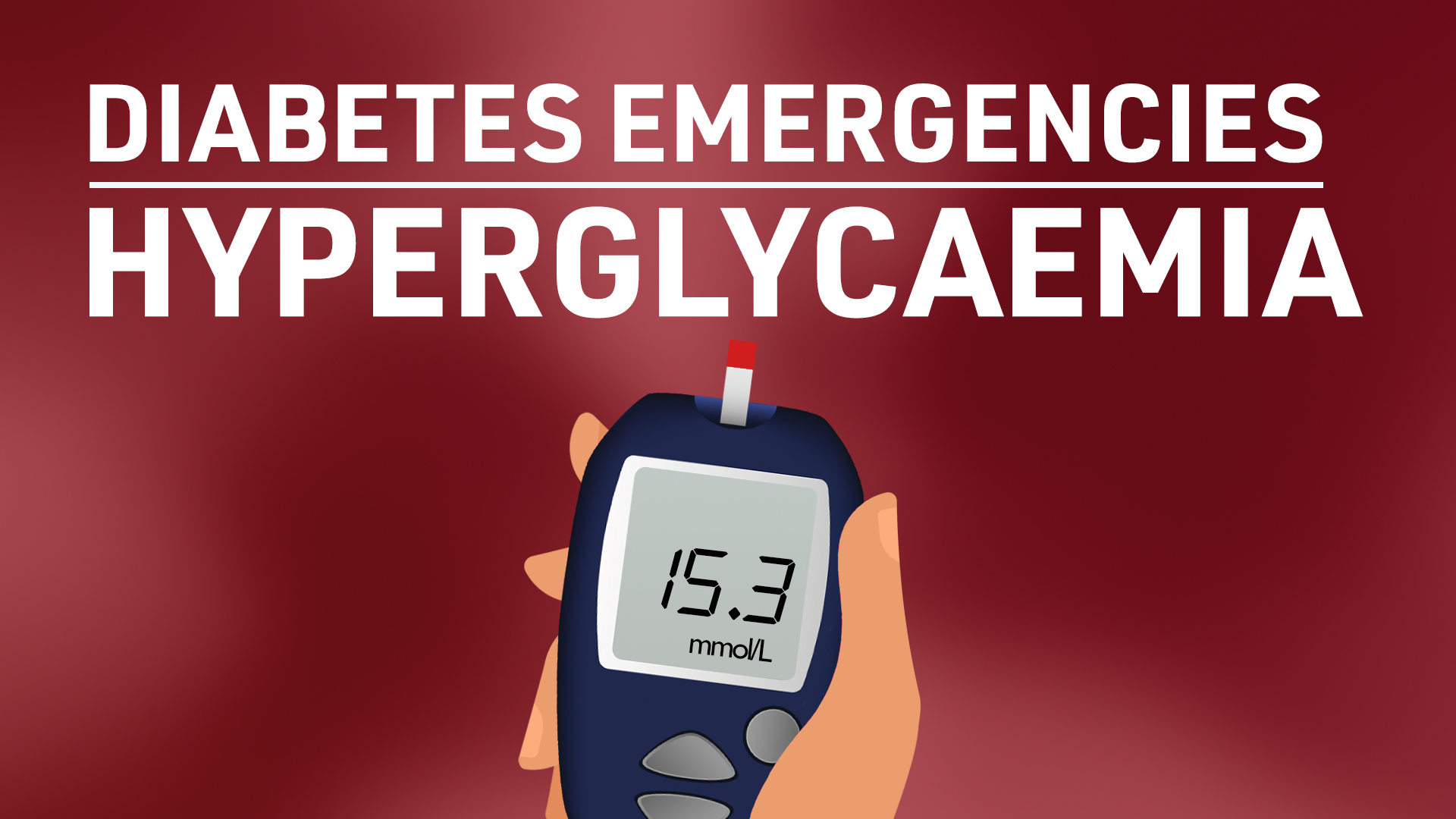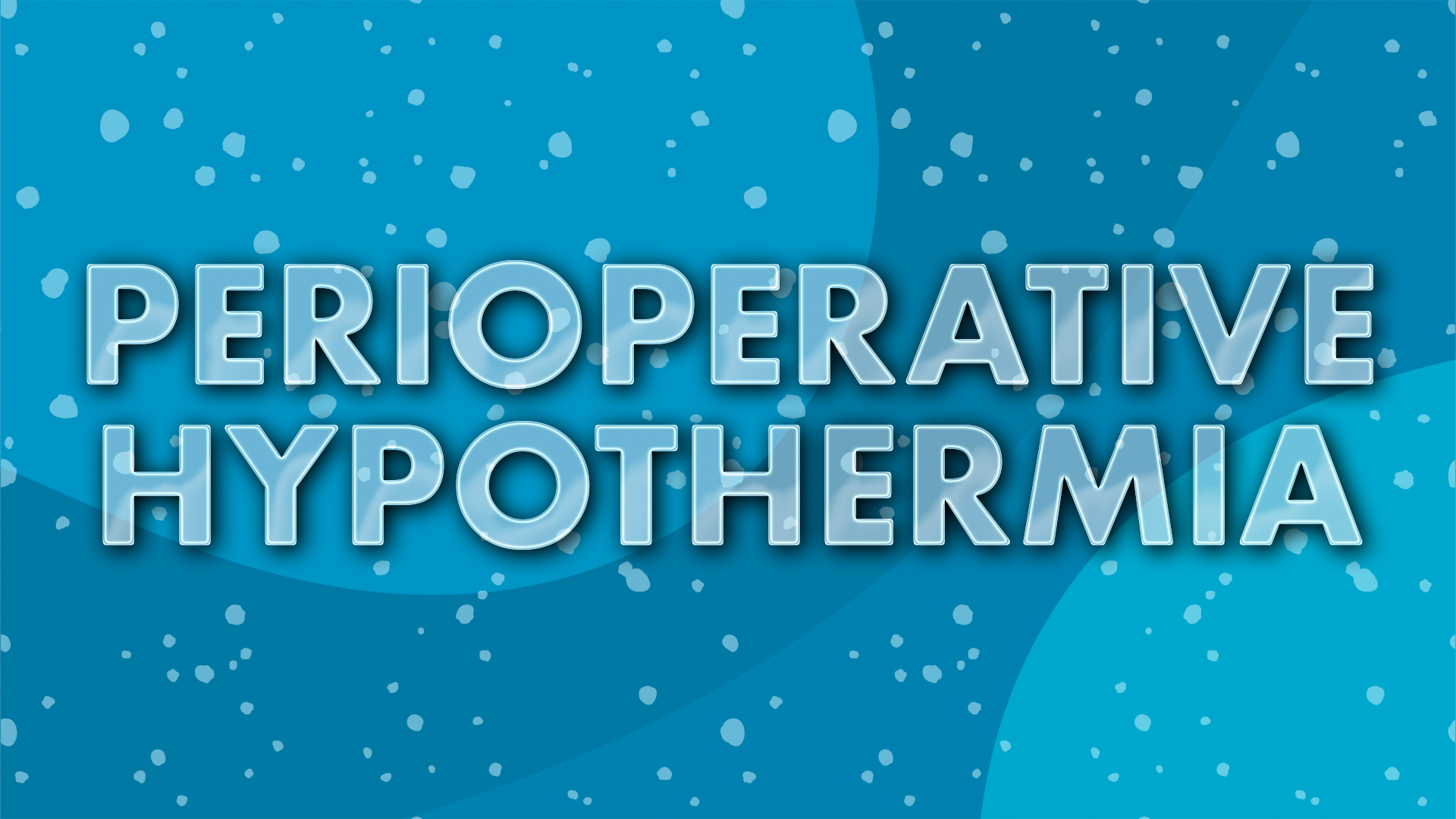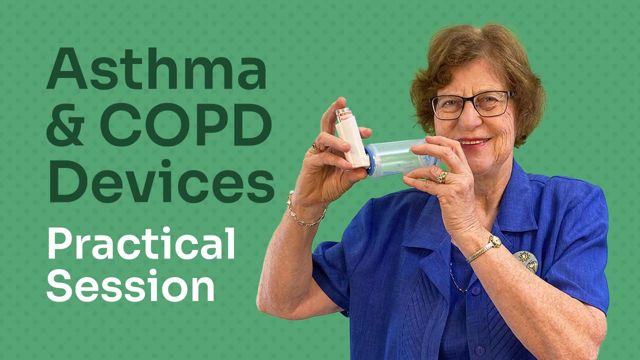Diabetes Emergencies: Hyperglycaemia


Content
What you'll learn:
Identify patients at high risk of hyperglycaemia and initiate appropriate assessment, blood glucose monitoring, referral and pathology.
Use knowledge of the pathophysiology of dysglycaemia to assist people with diabetes to recognise and act on presenting signs and symptoms of hyperglycaemia.
Link recommended emergency management of hyperglycaemia to evidence-based nursing practice to minimise the risk of complications to patients.
Who it's for:
Why it's needed:
Diabetes is the fastest growing chronic health condition in Australia. While hyperglycaemia is present when diabetes is diagnosed, glycated haemoglobin (HbA1c) levels may remain high once treatment is instituted. Studies have shown a strong, consistent relationship between hyperglycaemia and microvascular and macrovascular diabetic complications such as nephropathy and amputation respectively. Additionally, hyperglycaemia can lead to diabetic ketoacidosis (DKA), an acute complication associated with a high mortality rate if not efficiently and effectively treated.
Due to the high prevalence of diabetes in Australia, healthcare professionals will encounter people with this condition and one of the most important goals in the management of diabetes and prevention of complications is good glycaemic control.
Purpose:
Topics
Assign mandatory training and keep all your records in-one-place.
Find out more
Recommended resources






 Free
Free


 New
New